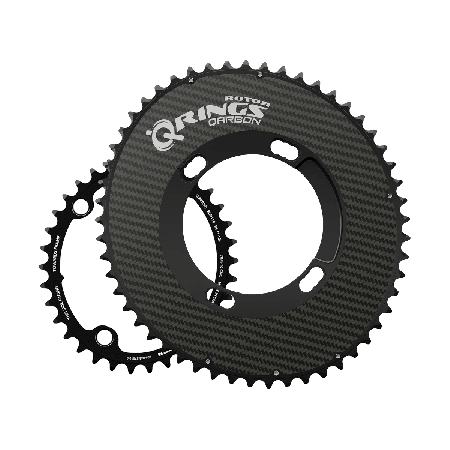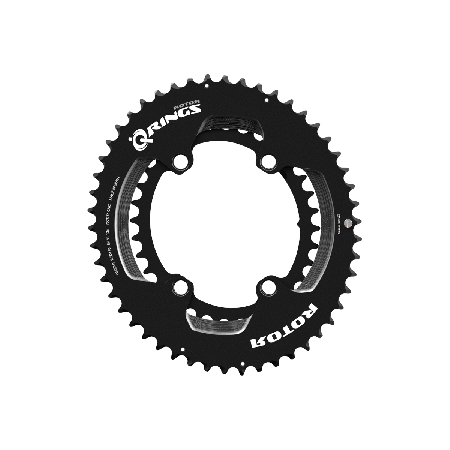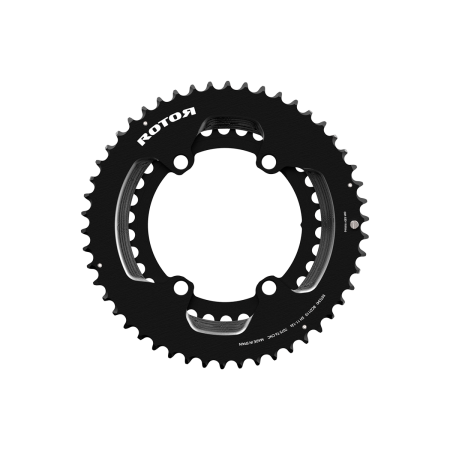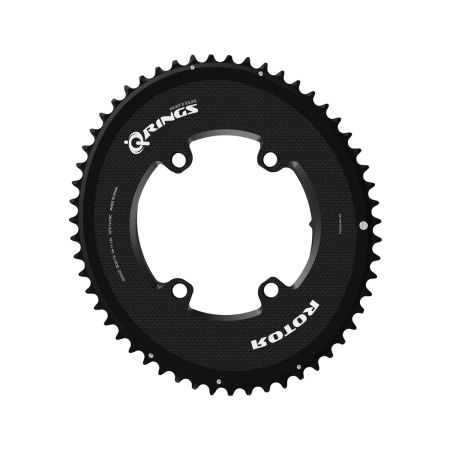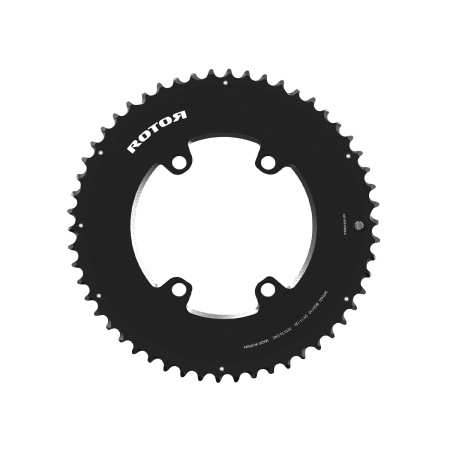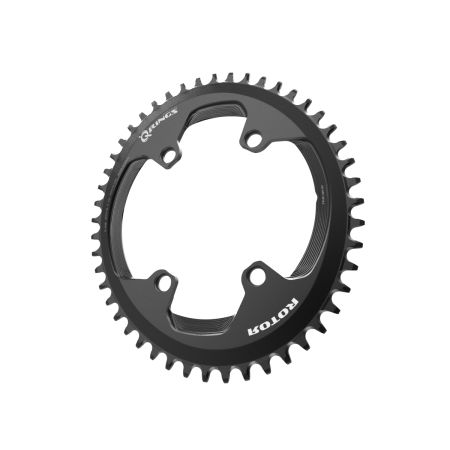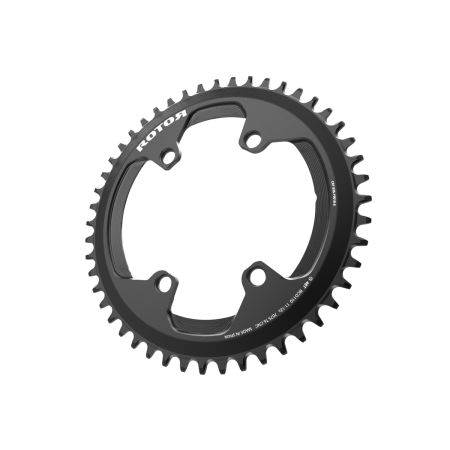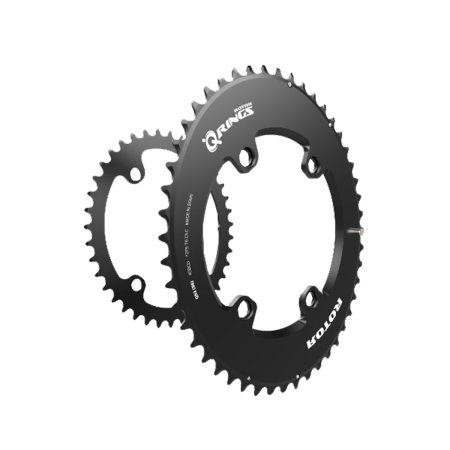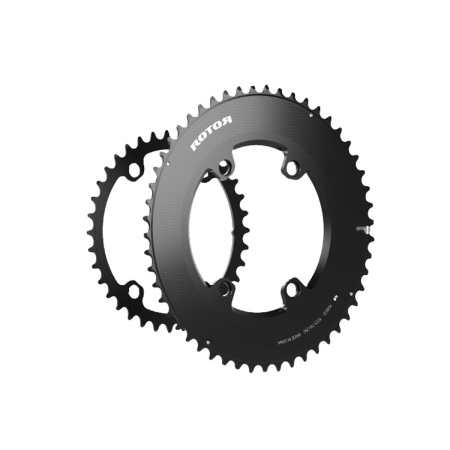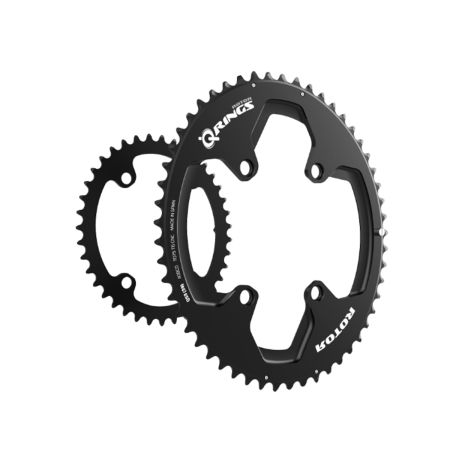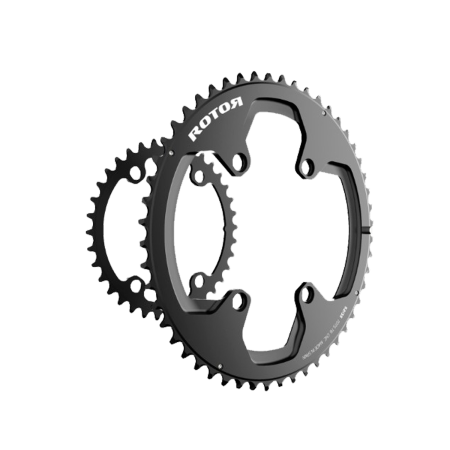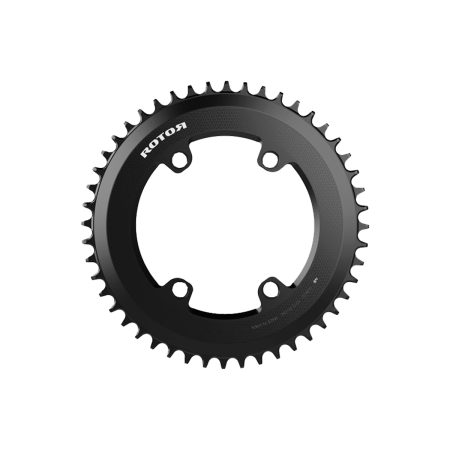
Chainrings
-
Q Rings® Qarbon 2X BCD110X4 Aero
Regular Price $148.00 $74.00 -
Q Rings® 2X BCD110x4 12-11s
From $66.00
-
Round rings 2X BCD110x4 12-11s
From $54.00
-
Q Rings® 2X Aero BCD110x4 12-11s
From $21.00
-
Round rings 2X Aero BCD110x4 12-11s
From $63.00
-
-
-
Q Rings® 2X Aero BCD110x4
From $66.00
-
Round rings 2X Aero BCD110x4
From $54.00
-
Q Rings 2X BCD110x4
Regular Price $182.00 $136.00 -
Round rings 2X BCD110x4
From $54.00
-
Do you want to learn more about bicycle chainrings?
All bicycles use a transmission system that consists of a metal chain that connects the pedals to the rear wheel. The rear wheel is the driving wheel that transmits the movement to move forward. The force is applied by the cyclist, who, through pedals and cranks mounted on toothed plates, drives a chain that transmits a force on the sprockets, and these move the rear wheel.
There is currently a wide variety of chain brands, models, and qualities available, which can make it confusing when choosing the most suitable chain to replace the existing one.
Modern transmissions have 8, 9, 10, and even 11 speeds. The most suitable chains for these transmissions are usually 7, 8, 9, 10, and 11 speeds, respectively. The length of a chain will depend on the number of speeds, which will also affect the type of derailleur we will need. The width also varies in chains depending on their speeds, with narrower chains having less space between sprockets as the number of speeds increases.
Before buying a chain, it is essential to check that it is compatible with the bicycle's sprockets and cranksets because chains differ depending on the number of speeds.
It is crucial to use lubricants to keep the chain in good condition so that the friction between the chain and the sprockets and cranksets does not damage the material. If these elements are not lubricated regularly, they will eventually wear out, and their lifespan will be much shorter.
The best way to lubricate a chain is to apply the liquid to each link while pedaling so that the chain rotates on the sprockets. If we apply the lubricant directly to the sprockets, we can damage the rear brakes (if they are disc brakes) and render them completely useless.
The main problem with the chain, after dirt, is stretching, which occurs more quickly in chains where gears are shifted and when the chain is misaligned.
An old chain is longer than necessary, and the links do not fit correctly between the sprocket teeth, resulting in only one hub (the first) transmitting the force from the crankset to the chain. This causes the teeth to jump, so it is advisable to replace the chain.


